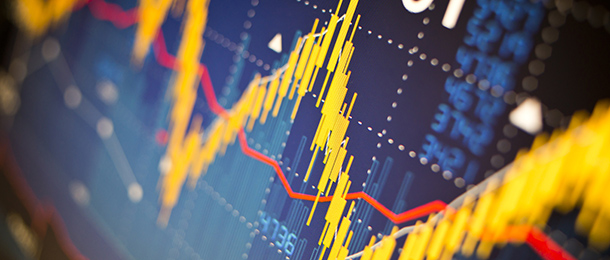Advised SMSF investors were responsible for more trading in shares than self-directed investors in the latter part of last year and into this year, taking more bullish positions on property, hybrid investments and commodities, according to a share trading platform.
Australian Investment Exchange (AUSIEX) reported that while new SMSF account openings had continued in the wake of COVID-19, the momentum had shifted from self-directed trustees to those receiving advice.
The trading solutions provider noted that of its SMSF clients, which make up just over 10 per cent of the total market, advised funds represented 51.3 per cent of all SMSF accounts, self-directed funds were at 43.9 per cent and 4.8 per cent belonged to advised wrap platform accounts.
It stated the number of new accounts by self-directed SMSF trustees grew by 9.3 per cent during July to September 2021 in comparison to the corresponding quarter in the previous financial year, but that trend has turned towards the advised segment.
AUSIEX chief executive Eric Blewitt said the shift between the two groups was possibly a result of the post-pandemic recovery.
“Self-directed investors who not long ago had the time to set up and manage the compliance obligations and direct their investments, may be finding themselves facing both challenging investment conditions and [being] time poor once again,” Blewitt said.
“As a consequence they may now be again seeing the value in and actively seeking professional advice.”
He said women and younger trustees were the drivers behind new accounts and the proportion of millennial advised SMSF clients had quadrupled in the past decade, while the average age of the principal contact on a new SMSF trading account had decreased from 67 to 59 over the same period.
SMSF account holders were generally more engaged with shares than non-SMSF account holders and had become more so since 2012 when an advised SMSF account took an average of 194 days to place its first trade compared to 40 days in 2021, he said.
He also noted advised SMSF clients had strong preferences for their investments and were active buyers during January when markets fell due to concerns about inflation and rising interest rates.
“Advised SMSF clients are far more likely than self-directed SMSF clients to trade ETFs (exchange-traded funds) and are also more bullish on AREITs (Australian real estate investment trusts), hybrids and exchange-traded physical commodities,” he said.
“Our data shows that while the bulk of SMSF investors are still older Australians, the face of investing in Australia is changing – and perhaps also growing in confidence.
“By and large, SMSF investors are optimistic. They are net buyers through the market cycles and are prepared to hold their nerve in the face of dramatic local and global developments, such as a rout in tech stocks and the first increases in official interest rates. And they are willing to look outside the local market and conventional options to play bigger themes that drive investment returns.”




